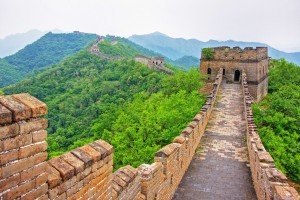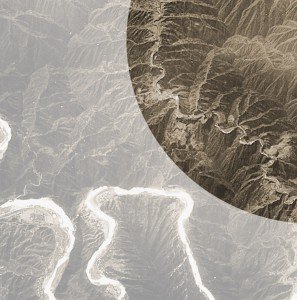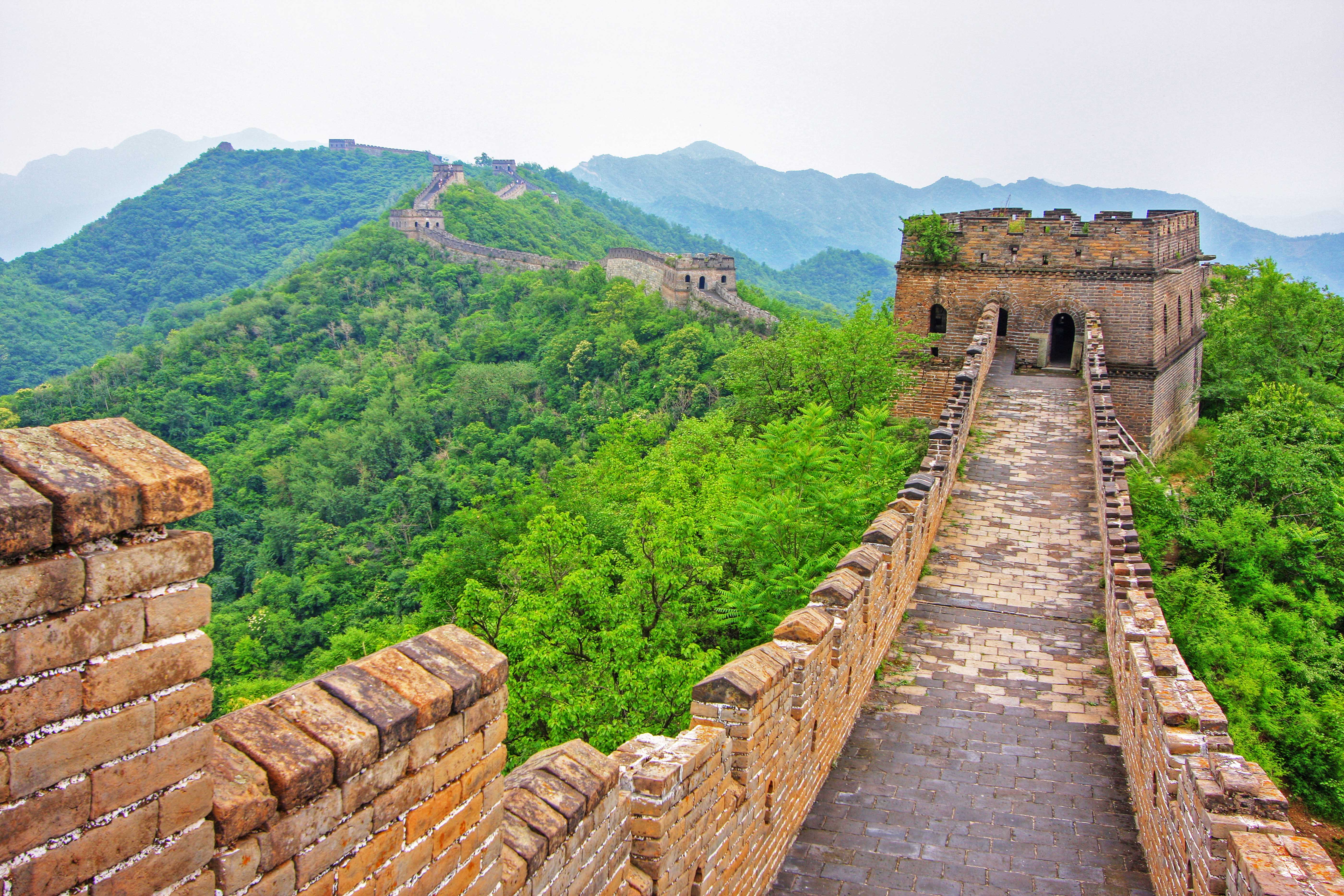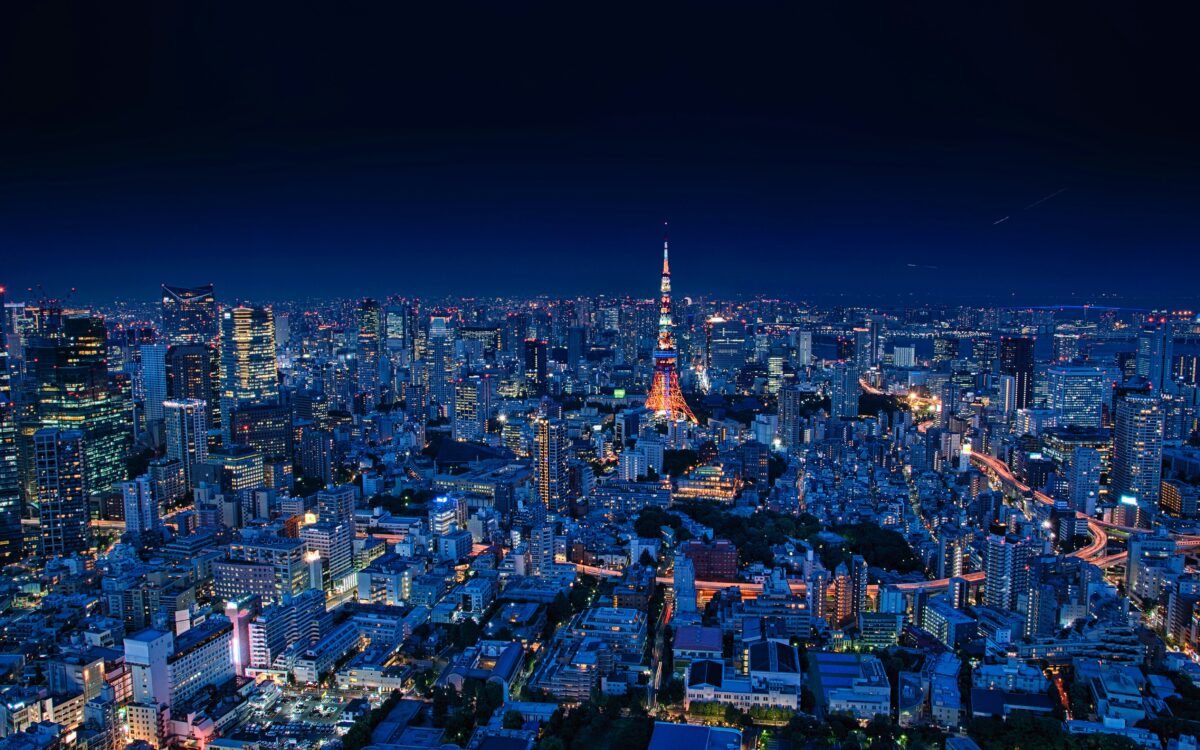 Do you plan to visit China? Well, the Great Wall of China is a must-see.
Do you plan to visit China? Well, the Great Wall of China is a must-see.
The Great Wall of China has, in fact, several walls. Originally they were separate fortifications, but eventually they were joined together to form one continuous defensive line. The earliest sections were constructed in the 5th century BC, the most recent in the 16th century AD. Although many parts of the wall were built of stone, some sections were earthworks.
The earliest version of the Great Wall was built during the Warring States Period, before 221 BC. Three states, Zhao, Yan, and Qi, each built fortified walls to defend their borders. These walls were made by constructing wooden frames filled with tightly packed gravel and dirt.
 When Qin Shi Huang unified China in 221 BC, he had parts of those walls destroyed. The remaining sections were connected with a new wall, protecting the empire’s northern frontier. Builders used local materials whenever it was possible. A few sections of this wall are still standing.
When Qin Shi Huang unified China in 221 BC, he had parts of those walls destroyed. The remaining sections were connected with a new wall, protecting the empire’s northern frontier. Builders used local materials whenever it was possible. A few sections of this wall are still standing.
The wall was rebuilt and refortified, and sometimes extended, during the Han, Sui, Northern and Jin dynasties. It reached its final shape during the Ming dynasty. The Great Wall begins in the east at Shanhaiguan Pass and stretches westward about 4,000 miles, all the way to Jiayuguan Pass. Although the Wall deteriorated in the following centuries, it is still an amazing sight today.
- Contrary to the statement in Ripley’s Believe It or Not!, the Great Wall is not visible from the moon and though it is visible from an orbiting satellite.
- The Great Wall is a UNESCO World Heritage Site.
- In some places, the top of the Great Wall is 22 feet wide. It is possible to drive a car along the top of the Wall.
- An annual marathon has been run on the Great Wall for the last decade.
- The Great Wall is very important in Chinese culture. “He who has not climbed the Great Wall is not a true man,” said Chairman Mao, echoing a proverb.
- It will take four years to complete a survey of the Great Wall. The survey is being conducted jointly by the State Administration of Cultural Heritage and the State Bureau of Surveying and Mapping.
- It is possible to sleep on the Great Wall if arrangements are made in advance.
- Portions of the Great Wall are still being discovered.
- Scholars believe that about 1 million solders were stationed along the Wall in its most active period.
- About 10 million visitors come to the wall every year. New regulations have been put in place to prevent damage to the Wall.
- The Great Wall is listed as one of the World’s 100 Most Endangered Sites by the World Monuments Fund. Most of the damage is caused by humans.
- Some parts of the Great Wall are being eroded by sandstorms, especially in Gansu province.
The Great Wall is one of the oldest manmade structures on earth, as well as one of the largest. It is a cultural legacy not only for China but for the entire world. Admiring the Great Wall is a tribute to our predecessors who built it; preserving it is a legacy for our descendents.
Have you already visited, or do you plan to visit the Great Wall of China? Please share your experiences with us. Just leave your comments in the box below.


